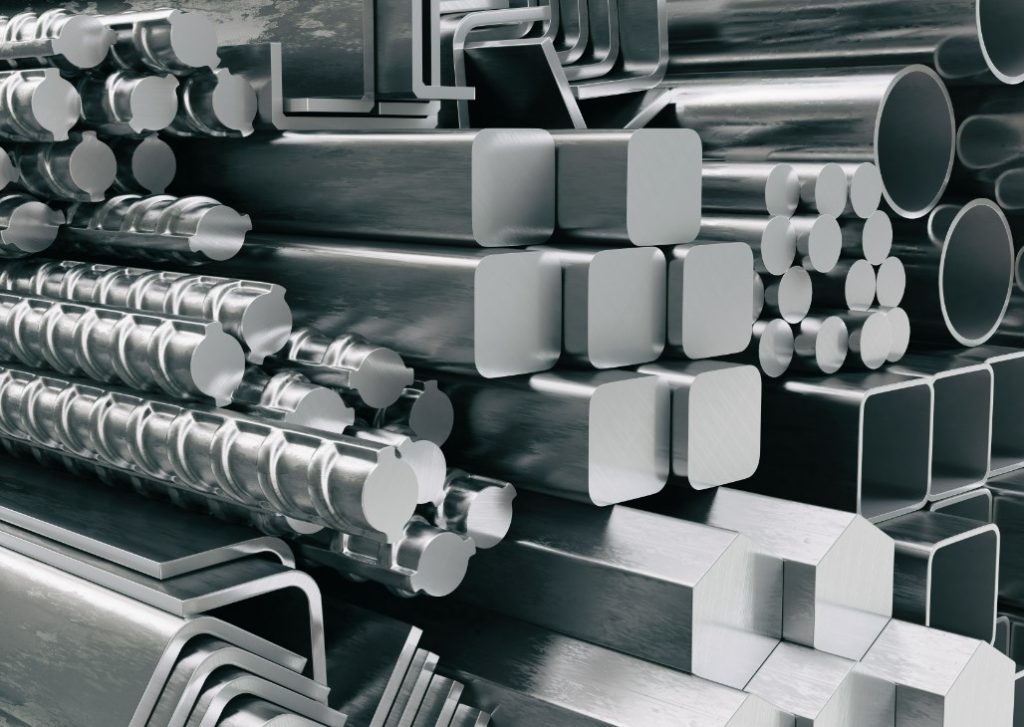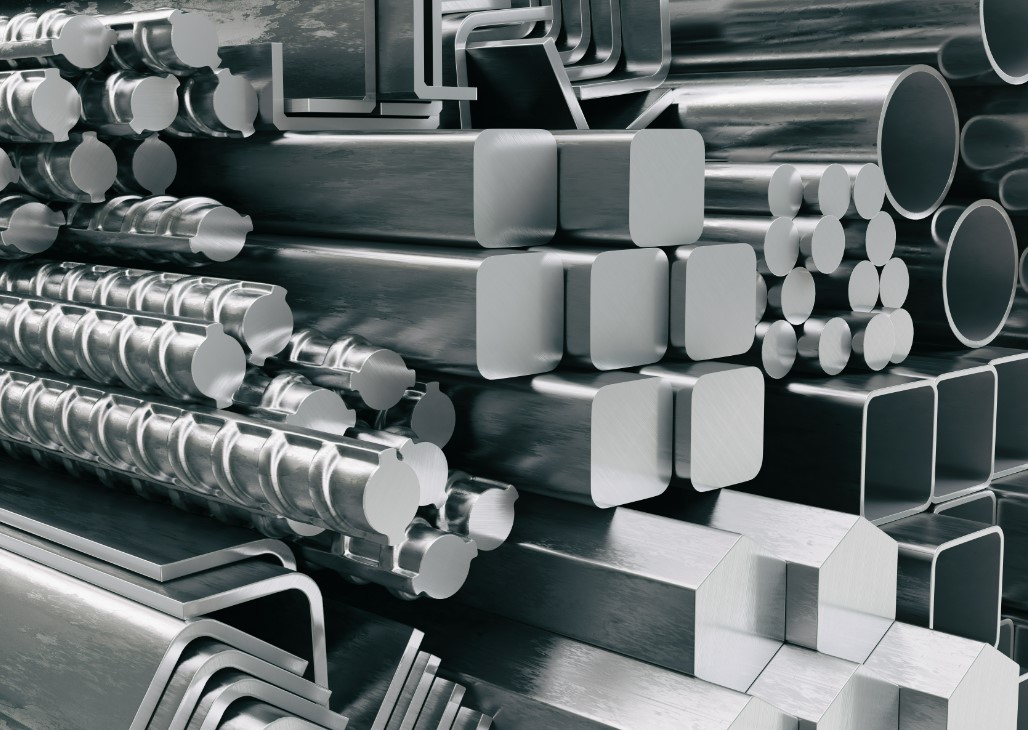Introduction
While shopping for home improvements, many of us believe “the thicker, the better” when it comes to materials. This is especially true for aluminum alloy doors and windows, where a common assumption is that greater wall thickness translates directly into higher quality. But is this perception accurate?
Understanding Aluminum Alloy Composition
Aluminum alloy, a composite of aluminum and other metals, is renowned for its strength, durability, and lightness, making it an ideal material for doors and windows. The price and quality of these products are influenced by profiles, window types, and the accessories used.
The Myth of Thickness
According to national standards, the wall thickness of aluminum profiles should be sufficient to ensure safety and performance without unnecessary excess. Contrary to popular belief, a thicker profile does not inherently mean a better product. In fact, overemphasizing thickness can lead to wasted resources and higher costs, without any additional benefits to air or water tightness.
Key Quality Indicators for Aluminum Alloy Doors and Windows
The real markers of quality in aluminum doors and windows lie in their design and construction details:
- Profile Design: Efficient designs optimize both material strength and functional usability.
- Tightness: Good air and water tightness are crucial for protection against the elements.
- Accessories: The choice of glass, hardware, and other fittings plays a significant role in the longevity and performance of the windows.
Choosing the Right Aluminum Alloy Features
For optimal performance, it is advisable to select aluminum profiles with a minimum thickness of 1.2mm and an oxide film of at least 10 microns. Tempered glass and stainless steel hardware are preferred for their durability and safety features. Moreover, stainless steel pulleys offer greater strength and reliability in window mechanisms.
Design Options and Practical Considerations
Casement windows and top-hung windows each have their advantages. Casement windows provide excellent ventilation and sealing properties but may interfere with curtains and external objects when opened. Top-hung windows, on the other hand, offer space-saving benefits and improved safety for children, making them a versatile alternative.
Innovations in Aluminum Window Design
The casement-opening top-hung window is a modern innovation that combines the benefits of traditional designs with advanced features like multi-locking point sealing and enhanced ventilation options. This design minimizes direct wind exposure and increases security, making it an excellent choice for residential applications.
Conclusion
When choosing aluminum alloy doors and windows, it’s essential to consider more than just material thickness. Quality, sustainability, and design should all play a part in your decision-making process. By understanding the key factors that affect product performance, you can make informed choices that enhance both the value and comfort of your home.

